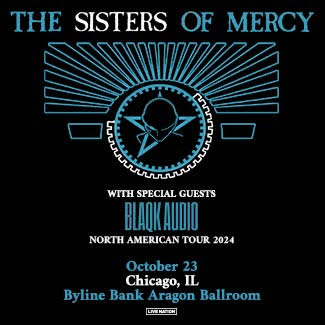Three Sides To Every Story

Getting a handle on any major rock band is at least as easy as herding cats. But that hasn’t stopped the production of books purporting to provide the “real story.” Three recent publications illustrate three very different ways of nabbing their elusive quarry. In Smoke On The Water: The Deep Purple Story (E.C.W.), Dave Thompson assembles publicly available material and appears to make a story by arranging the basic factoids about the group in chronological order. Although Pat Gilbert also uses some previously published interviews in Passion Is A Fashion: The Real Story Of The Clash (DaCapo), his grasp of that band goes far beyond stale stuff. Gilbert richly provides his own interviews with members of The Clash and many of their key collaborators and co-conspirators. His book is a model for all band bios, full of his own and others’ insights, and refreshingly re-plete with contrasting perspectives. Clinton Heylin takes a radically different ap-proach, presenting re-views and interviews published during the life of the band in All Yesterday’s Parties: The Velvet Under-ground In Print 1966-1971 (DaCapo). VU began at the same moment as rock criticism, and the authors here, all of whom genuflect, are a who’s who of early rock crits, including Richard Goldstein, Lenny Kaye, Lester Bangs, Ben Edmonds, and Danny Goldberg.
Yet despite the different approaches, each of the books tells the same story, with the same plot-points. We’re informed how the band got together. The mechanism of how their signature sound emerged is uniformly murky, but each author details their other significant initial creative work — their name. VU’s was nabbed from the title of a lurid S&M paperback that was laying about. Deep Purple’s came from guitarist Ritchie Blackmore‘s grandmother’s favorite song, which was also what a popular strain of acid was called. Bassist Paul Simonon suggested the name when he noticed the word “clash” turned up frequently in the newspaper and thought it nicely captured his bandmates’ divergent personalities. (In storytelling this would be called foreshadowing).
Personality conflict was something each band had in spades, especially between each of their creative two-somes. The contrasting sensibilities, musical and otherwise, between VU’s John Cale and Lou Reed — one a classically trained avant-garde cellist, the other a rock’n’roller with poetic interests — came together to create their music and their image. Deep Purple’s main muso, Blackmore, carved the band’s sound with art school- trained and classic music buff, Jon Lord. Blackmore’s guitar-god chops and over-the-top dramatics were honed by prior years of work with Screaming Lord Such and producer Joe Meeks. Guitarist Mick Jones and frontman Joe Strummer came from different social classes and had different interests and ambitions. It was the combination of these yin-yangs that created what was great in these bands.
But each band also had a key, albeit musically secondary member, who was the glue and more. Beyond Mo Tucker‘s unusual Bo Diddleyish beat, her sweet character tempered the more volatile guys in the VU. Roger Glover was far more than Purple’s bassist, serving as the mediator between explosive personalities, in both the personal and musical dimensions. Simonon couldn’t exactly play an instrument when he first joined The Clash (yes, he became the bassist); it was his unflappability and more significantly his work creating the band’s visual material — including himself as its centerpiece — that was crucial.
Further, the authors depict outsiders whose influence helped make the band known to the world: from VU’s Andy Warhol to The Clash’s embeddedness with the press. Management may have helped their commercial success, but was useless for band cohesion (although it did pay Blackmore a wad of cash if he would agree to allow singer Ian Gillan to rejoin the band). Mercurial Clash manager Bernie Rhodes‘ “politburo-esque machinations” and divide-and-control and keep-everyone-guessing management style did nothing to promote harmony among the musicians.
Regardless of differences in source material and approach, and despite the differences in the bands’ styles, all three books make the same key point: What made these bands great, and each were in their own way, was also what killed them. Each of these bands had dual foci of opposing sensibilities, the main muso and the frontman: Cale and Reed, Jones and Strummer, and Blackmore and a rotating set of others. (Thompson provides enough evidence to demonstrate that for Blackmore the opposition was more than musical. The sulking, dictatorial, and just plain nasty albeit brilliant guitarist was the very definition of a prick.) Having lived, indeed thrived, by the sword — these two opposites — the bands also died by that sword. Karma?
In a familiar story that runs across the entire human landscape, joyously innovative tension seems to inexorably decline into acrimony and worse as the slings and arrows of perceived slights and focused limelight cause egos to swell and tempers to flare.
— Deena Dasein
Category: Monthly











